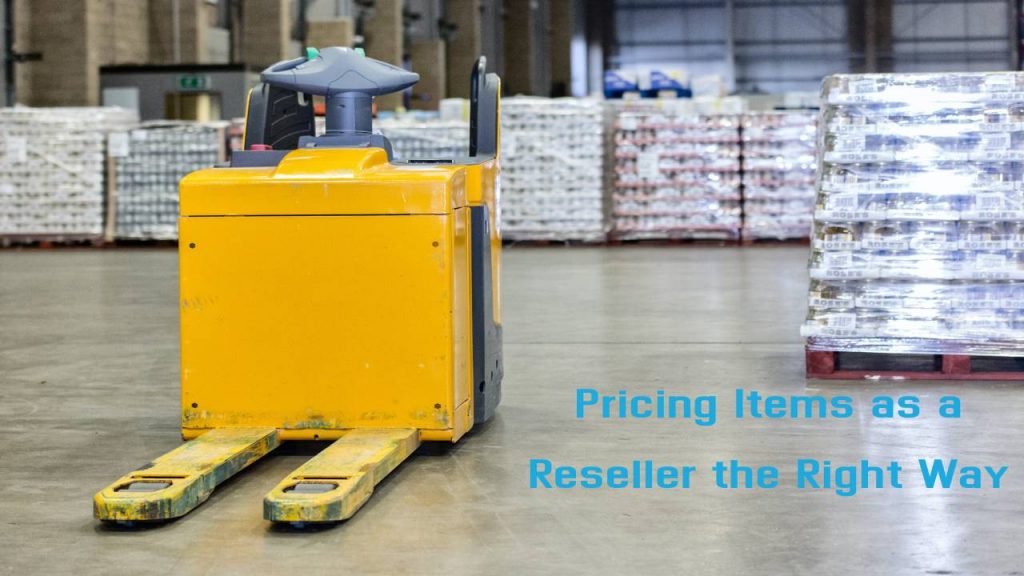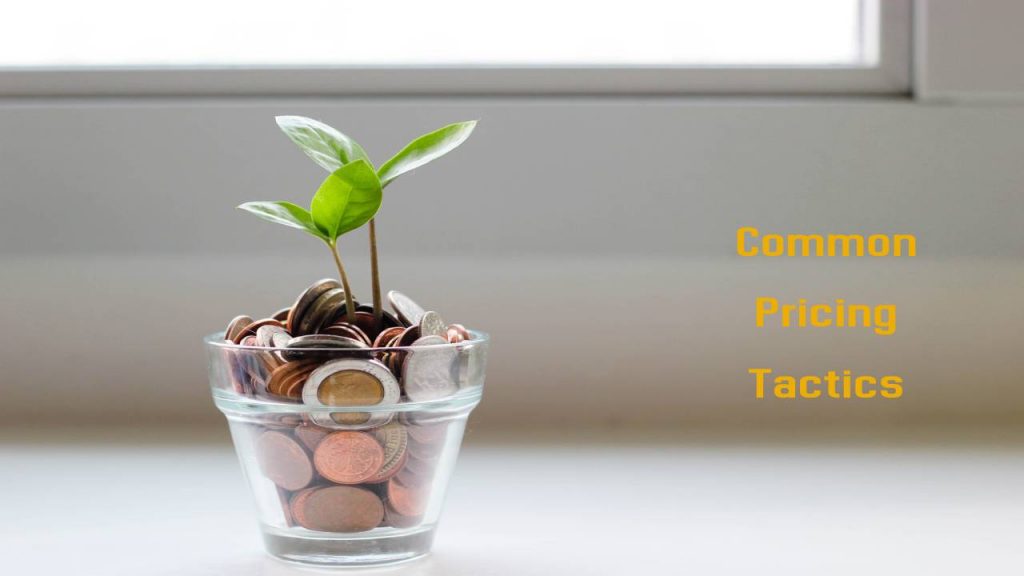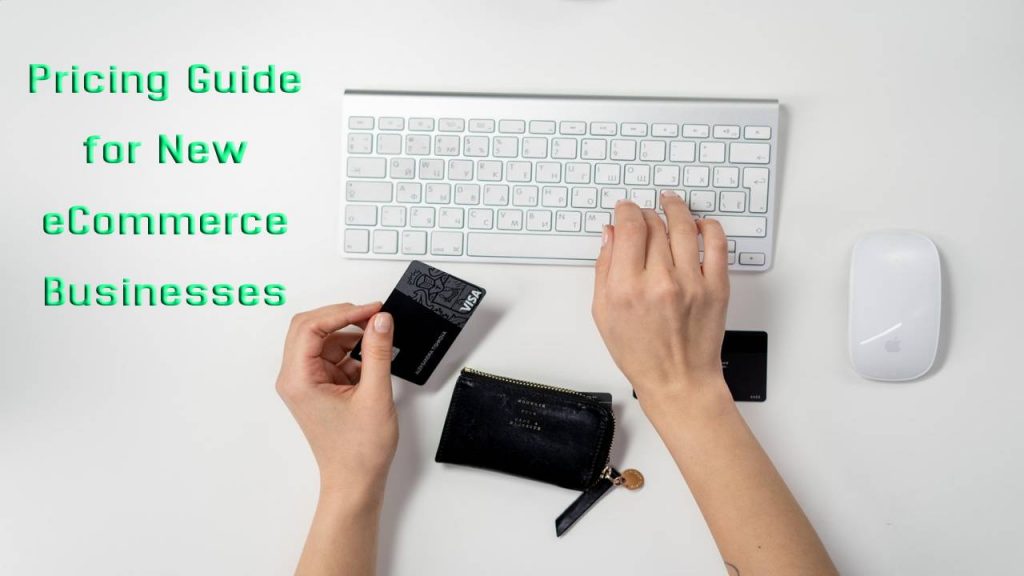Starting your own eCommerce business for the first time can be a bit overwhelming. Whether you are a merchandise seller or reseller with a small business, it can be hard to know how to price your items competitively. Either way, you’ll probably be competing with big retailers who have a large catalog of online inventory, and you will want to price your merchandise competitively in order to draw in customers while still turning a profit.
Table of Contents
Deciding on a Price

The most vital thing to reminisce while listing prices on your products is that pricing isn’t something you only determine once. The simplest way to determine appropriate prices is to add up your variable costs per product and your fixed costs, and then set a profit margin. Your prices must always sustain your business, this is why they are most definitely going to fluctuate within the sales cycle. Don’t be afraid to move numbers around and play with the pricing until you get it just right. Make sure to give yourself room within the pricing structure to offer sales every once in a while, as well as adjusting pricing according to the various variables that arise throughout the year.
The CPQ Solution For Ecommerce Pricing

If your eCommerce store is offering merchandise that is customizable or otherwise needs to be ordered from a manufacturer, consistency in pricing is key. Using CPQ software can help you streamline the sales process from your sales team to your customers, and on to the manufacturers as well. A CPQ tool will create uniformity in your pricing and order fulfillment—even for custom orders. But what is cpq software, and how exactly does it fulfill these promises?
CPQ stands for Configure, Price, Quote. The configuration process is can be tricky to do on your own, especially with complex products, so it makes sense to look for professionals who have experience in this realm. Configure One is a leading company in CPQ solutions. Their CPQ software is state-of-the-art and integrated with several other sales and eCommerce interfaces in order to streamline the flow of data for your business. Their product configurator gives your customers 3D visual product configurations, letting your customers see their customized items with any add-ons or accessories in real-time.
Configure One offers a CPQ Salesforce integration that starts by giving your sales team access to sale opportunities and then automatically uploading all customer data into their CPQ software to save you time. Their CPQ software includes algorithms that help you standardize pricing by finding the best fit for each configuration of products. They do the heavy lifting for you and your sales staff, and they get rid of the need for complicated pricing structures that might turn customers off from your company. This real-time pricing system will also create a faster sales cycle. Configure One’s CPQ software’s built in pricing configurator generates fair price quotes for you quickly and accurately, which is equally beneficial to your customers and your sales team.
Pricing Items as a Reseller the Right Way

For merchandise resellers, wholesale liquidation is an excellent means of acquiring a large stock of products at a low price in order to maintain a good profit margin. Direct Liquidation offers wholesale liquidation products from all the major big-box vendors at prices below wholesale value to ensure you can make a profit while fairly pricing your inventory.
Direct Liquidation is an online marketplace of customer returns, refurbished items, and overstock sourced from retailers such as Walmart, Target, and Lowes. They buy the product from these tier 1 retailers in bulk. This way, they are able to list products on the marketplace in bundles or even by the pallet and pass the savings onto auction participants. Savings on the liquidated merchandise translate to a higher profit margin and faster sales cycle for you and your salespeople.
Common Pricing Tactics

Anchor pricing is something that you’ve probably seen countless times in-stores and online, whether you realize it or not. It is a common sales tool to increase the perceived value of a product. By listing a product with the original price and then the sales price, customers will perceive the item as very valuable and are more likely to make a purchase because of the perceived deal.
Charm pricing is another extremely popular pricing tactic. Removing a penny from the intial price of a product is common practice and has been shown to increase the likelihood that a potential customer will purchase an item priced as such. If your product was supposed to be listed as $10, dropping it to $9.99 will make it seem to the customer as though they are saving money, and you’ve only missed out on one cent.


